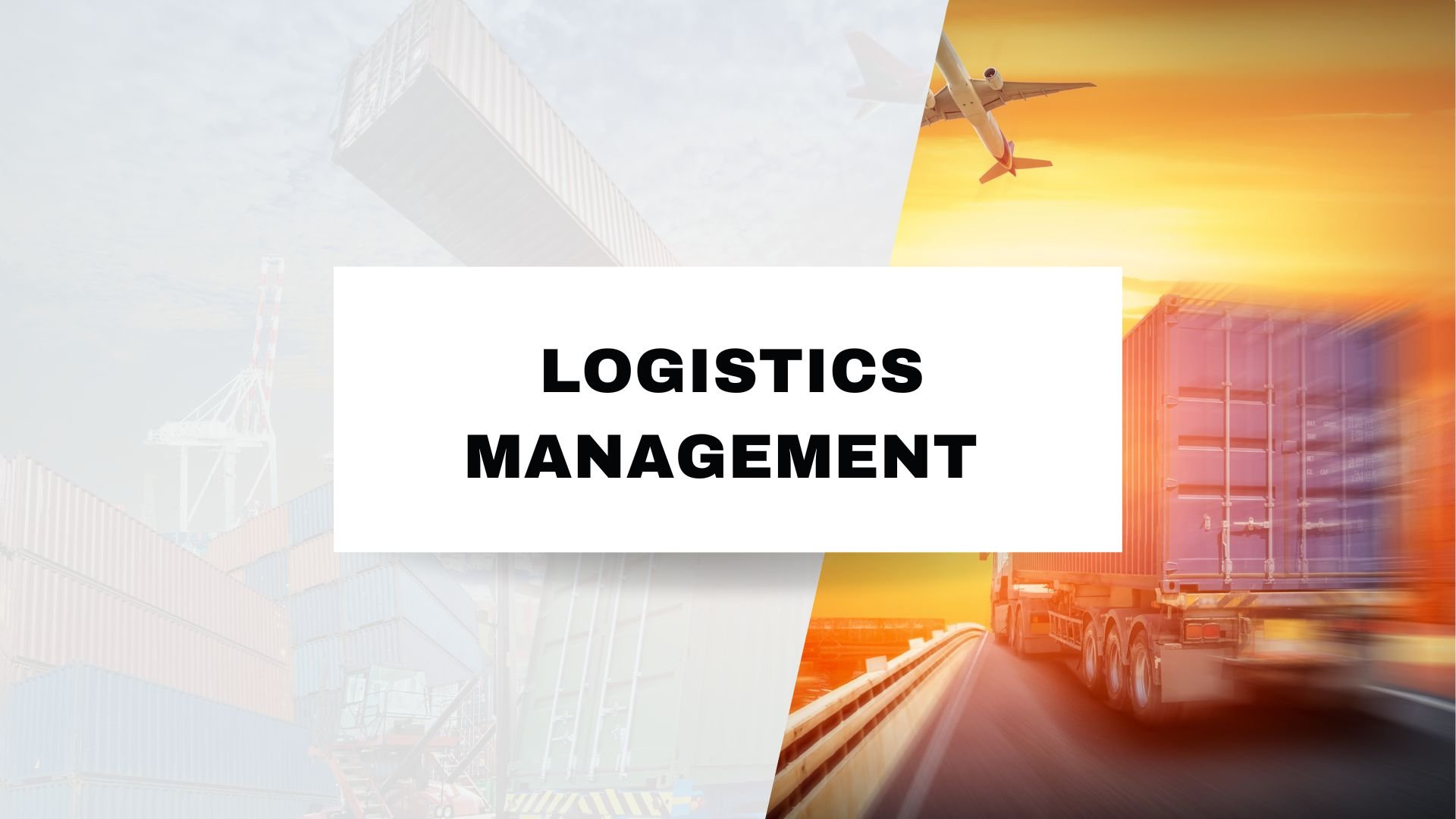With international shipping, you can access markets around the world. However, before sending any...
Logistics Management: 5 Tips For Optimization
Excellent logistics management is a key to success in any business. For any process to be effective, it must be streamlined, efficient and optimized. The right mix of data and technology can help any company make the most of their transportation dollars. However, many companies tend to overlook some of the most basic components of logistics management, which can result in delay or money lost. Logistics management can make all the difference in both speed of transport and the costs associated, which is why it's important to optimize the process.

An effective logistics process is about more than just supply-chain management. It’s about all the moving parts that go into your business – from finding trucks and drivers scheduling shipments, to maintaining consistent quality and product availability. Proper logistics planning will ensure that you have the right products in the right place, at the right time, and that all goes as smoothly as possible. Logistics is complex. In order to make the most of your budget and time, there are a few key ways to optimize logistics management.
ADVANCE PLANNING
Increasing efficiency has to begin with the appropriate planning. Without a plan, any potential disruption or issue which comes up can be costly and time consuming. Everything from getting the goods, management of storage facilities, and the delivery of cargo, will need to be accounted for, in an effective planning process. In order to plan wisely, the scheduling and steps involved will also need to be followed by a general estimate of costs involved, so that the process can be carried out as seamlessly as possible.
Always have a plan B or contingency plan in place, in case of unforeseen circumstances. When planning, you want to maximize productivity, while lessening the time each step takes. Proper planning involves accounting for any potential disruptions which may occur, and developing a plan of action to tackle the issue in a timely manner. Take into account weather or natural factors outside of your control, potential paperwork issues or cancellations, and develop a plan to tackle each of these potential issues as a way to maximize efficiency.
QUALIFIED STAFF
Logistics is dependent on effective leadership, with the ability to coordinate the various aspects of the process at hand. You will want to consider hiring a manager or a role which can work with a variety of different parties involved in the shipping and transport process, in order to have your bases covered. These individuals usually will have a network of contacts they can reach out to, to mitigate any issues or unforeseen circumstances. You want to look for interpersonal skills, problem solving and ability to think quickly in times of stress.
GREAT CUSTOMER SERVICE
One way to manage logistics well, is to ensure that you keep clients or customers informed on what is happening each step of the process. Transparency over the process, such as tracking, allows for more trust to be established between a business and its client or customer, ensuring that any issues can be addressed in a manner which leaves clients satisfied and willing to work with the business again in the future.
Confirmation emails, as well as emails containing tracking numbers and contact information are one key step to effectively manage the logistics of the transport of goods from one place to another. Since social media allows word to travel fast, you want good reviews and impressions from other clients, so using technology to help ensure clear communication with customers is essential in any venture.
-2.png?width=1200&height=400&name=Ivory%20Elegant%20Summer%20Fashion%20Blog%20Banner%20(8)-2.png)
EFFECTIVE WAREHOUSE SOLUTIONS
You cannot have effective logistics management, without accounting for the management of warehouses. Warehouses are often a starting point of where the goods are kept, before departing for transport or delivery. The warehouses used will depend on the types of products that will be stored, and this process has to be carefully considered and planed out.
A warehouse is a place where products are stored, to prepare for delivery or the sale. Warehouses are used to keep either raw materials, or finished goods ready for distribution. Proper storage is a key to a successful warehouse operation. It is important to have proper organization for different types of goods, and offer the necessary conditions for these goods to be stored in, such as refrigeration, when needed.
The goal is to manage warehouses in such a manner, that there is minimal waste of the goods stored, and that they are able to be loaded and shipped out efficiently when time comes. You will want to maximize storage capacity for the goods, and use software to organize and access the goods when needed, so there is no delay in finding the right items. You need trained warehouse staff, the proper technology and the right warehouse conditions, to operate effectively.
AUTOMATION
Perhaps the most critical key to success in supply chain management these days, is efficient automation. When automation is seamless, there are no disorganization issues and the product has a quick turnaround time. In order to save time and money, it is imperative to apply automation to tasks in the logistics process, in order to make the most of your resources.
Tracking, communication between carriers and shippers, inventory management, and monitoring are now made easier using technology. One example of automation working effectively is in the ability to provide real time data on cargo movement, or provide a reference point for rate negotiation through analytics. Tracking a shipment from when its dispatched to when its delivered allows for greater accuracy, and the ability to detect or address problems earlier than one would be able to manually. Some of the key benefits of using automation can include:
- Real Time Visibility of Your Shipments
- Analytics and Data Providing Insight Into Where Any Issues Occurred
- Inventory Management
- Fleet Management
- Streamlined Communication
- Analytics Used In Determining Most Efficient Delivery Route
Logistics optimization is an ongoing process that requires regular feedback. As businesses begin to implement new strategies into their company, they will need to measure the output. Cost or cycle time metrics are one example of analytics which can be integral to the process. Knowing the data relevant to your initiative is important, as it sometimes determines the success or failure of the strategy, which is where automation and analytics can play a pivotal role.
With helpful platforms like Zipments.io, you can rely on technology to also simplify customs clearance and provide the most accurate paperwork for each shipment, allowing for a more streamlined experience. With Zipments, documents such as a customs invoice, can now be completed through easy to fill templates and AI generated tariff or HS Codes, ensuring greater accuracy and less time spent on paperwork. To save time and costs on your customs clearance, consider using Zipments to streamline and simplify your process.
Proper logistics planning is paramount for any business. The logistics management system is a combination of automation, technology and people. Make sure you have the right people, processes and technology in place to mitigate risks and make sure you’re shipping your products on time. Logistics may not be fun, but it can be efficient and easier, if you have the right plans in place.

.png?height=200&name=Brown%20Microphone%20Simple%20Photography%20Podcast%20Show%20Brown%20Microphone%20Simple%20Photography%20Podcast%20Show%20Facebook%20Cover%20(12).png)

.jpg?height=200&name=White%20Minimalist%20Aesthetic%20Magazine%20Photography%20Portfolio%20Presentation%20169%20(32).jpg)